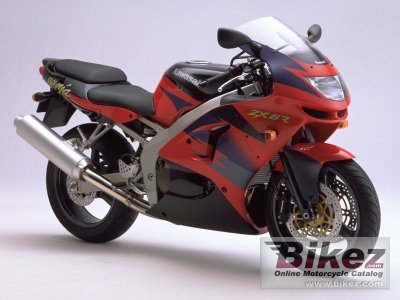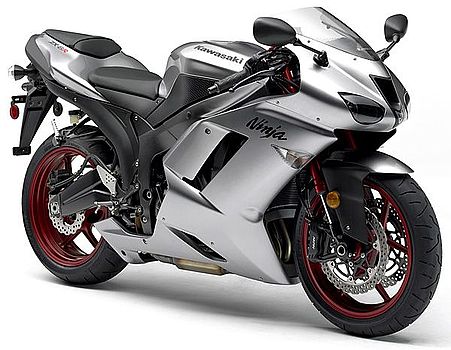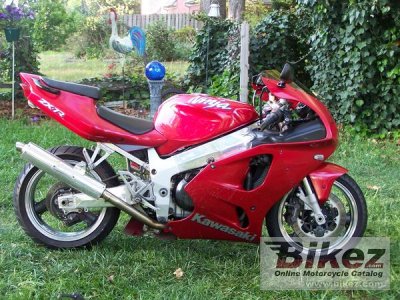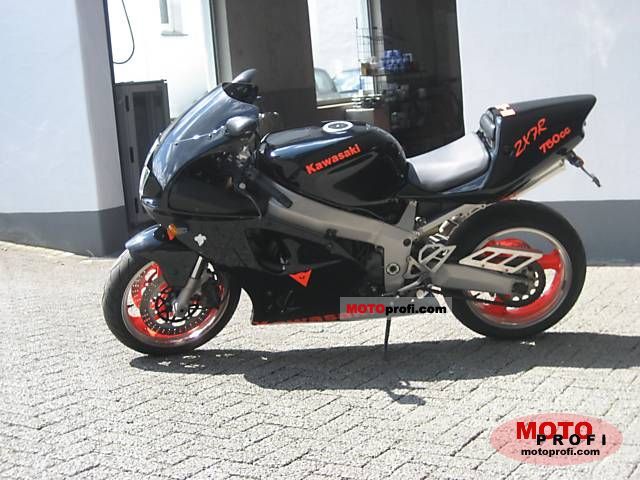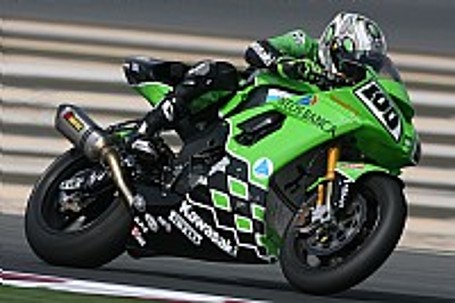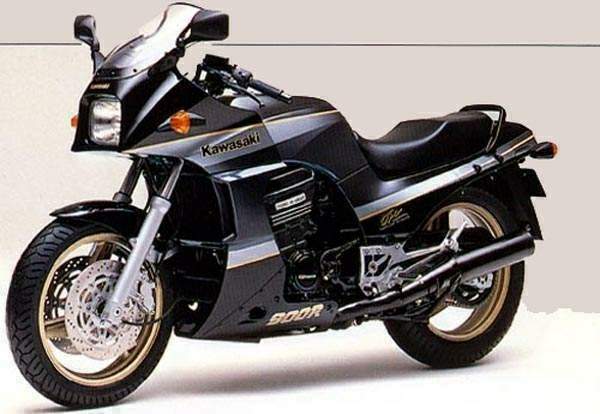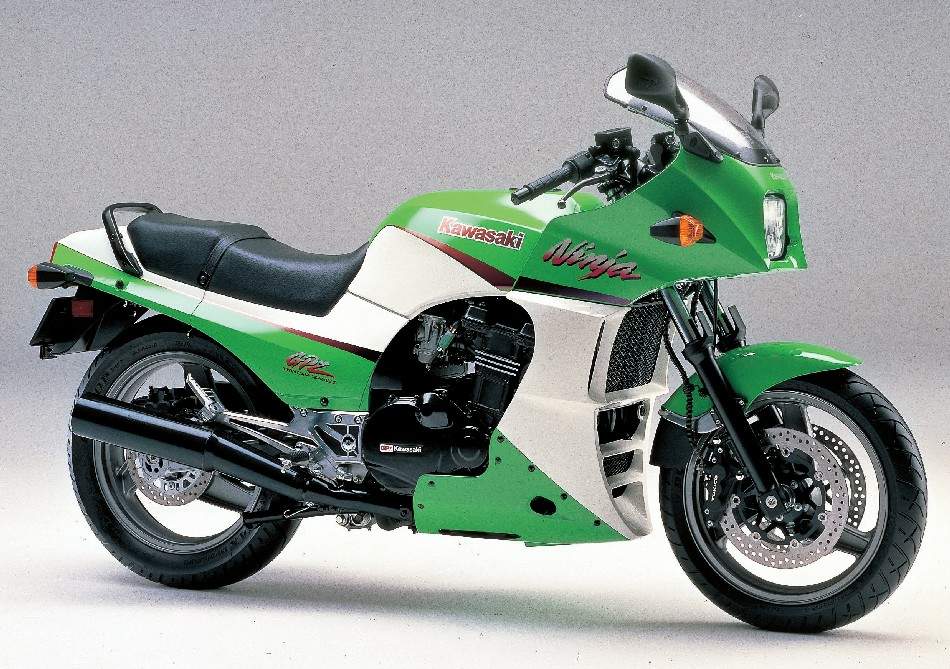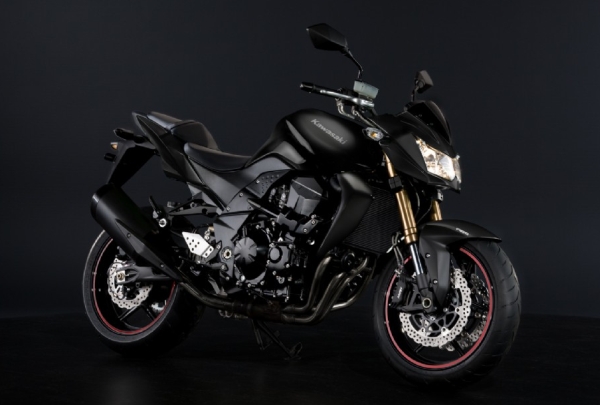Kawasaki's Ninja family has been well-received over the years and for 2011 the company has rolled out a brand new big one, the Ninja 1000. Like its smaller brothers, the 650R and 250R, as well as the same-size naked Z1000, the Ninja 1000 is designed for riding comfort that belies its sportbike appearance. (The primary difference between the Ninja 1000 and the Z1000, it should be noted, is the Z1000's lack of a fairing.)
The upright riding position is enhanced by higher handlebars than commonly found on sportbikes, as well as slightly lower pegs. A three-position adjustable windshield, with 20 degrees of movement, also allows you to control the wind blast to ease the strain of buffeting. Adjustment is by hand, with no tools required, and only when stopped.
Of course, like any Ninja, the Ninja 1000 doesn't just go fast, it's built to look fast. The Supersport-style full-fairing bodywork has leading edges that direct wind around the bike as well as flares at the rear that push engine-heated air away from the rider's legs. Kawasaki also notes that "ZX-6R-spec front fender contributes to excellent aerodynamics and racy looks." Rake and trail are 24.5 degrees and 4.0 inches, respectively.
For any Ninja, it all begins with the engine. The Ninja 1000 boasts a liquid-cooled 1,043cc, 16-valve, inline-4 power plant, with an 11.8:1 compression ratio. Redline is at 11,000 rpm. With the electronic fuel injection, the gas/air mixture is supplied by 38mm Keihin throttle bodies via downdraft intakes. The gear-box has six speeds and final drive is via X-ring chain. The exhaust is a 4-into-2-pre-chamber-into-2 design, with both main and pre-catalyzers.
Dual petal-type 300mm disc brakes in front use four-piston radial-mount calipers, while the rear grabs onto a 250mm petal-type disc with a single-piston pin-slide caliper. The tank holds 5 gallons of fuel and curb weight is given as 502 pounds. The 32.3-inch seat height might be a bit much for the height-challenged rider but will add to comfort for those taller. The wheelbase is 56.9 inches and overall length is 82.9 inches.
Front shocks are of the fully adjustable inverted fork type and feature settings for sporty performance and ride quality. Adjustment options include, compression damping, rebound damping, and spring preload. In the rear, a horizontal monoshock is positions above the swingarm in order to reduce its exposure to exhaust heat. This placement also aids stability by centralizing mass.
The aluminum backbone frame is made from five pieces that include a steering stem, left and right main frames, and two cross members. Kawasaki did its best to minimize welds and the frame beams nd swingarm brackets are single die-cast pieces.
The gas tank holds a full 5 gallons, ensuring plenty of range between pit stops, and steel construction facilitates the use of magnetic tank bags. The tank has also been flared in order to allow the rider to grip the tank with their knees.
At the instrument cluster, the rider is greeted by an analog tachometer and an LCD screen that offers a variety of selections, including speedometer, tachometer, fuel gauge, odometer, clock, and dual trip meters. The LCD is also where the warning lights are found.
All in all, the Ninja 1000 is described by Kawasaki as "a capable medium-haul tourer, and certainly a sportbike you could spend the day aboard without undue strain."
If the Ninja 1000 is the bike for you you'll have two options for color, either straight Ebony, or a two-toned Candy Fire Red/Ebony scheme. With either choice the MSRP is $10,999, and there is a 12-month warranty.











